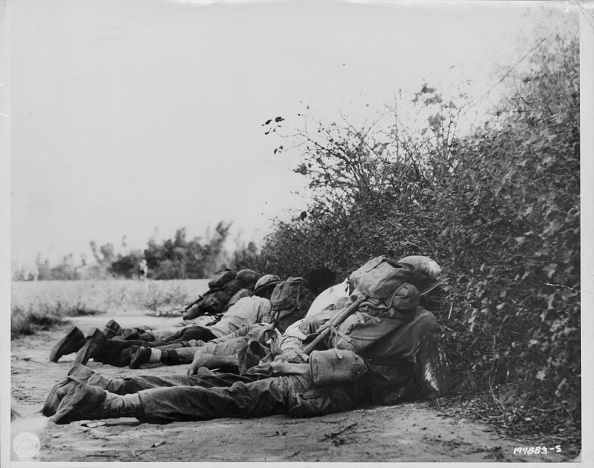The United States suffered its biggest defeat of World War II in the Philippines. More American soldiers were captured there than in any other campaign in U.S. military history. The number of Filipino soldiers who surrendered dwarfed the U.S. totals. Despite that, after the surrender of U.S. forces, the war in the Philippines continued in a guerilla struggle.
“War and Resistance in the Philippines, 1942–1944,” by James Kelly Morningstar, documents that struggle. It is the first generally accessible attempt to compile the guerilla struggle in the Philippines into a single, coherent story.
Morningstar starts by describing the Japanese invasion of the Philippines and the conventional struggle that followed. He shows the difficulties faced by Allied forces in the Philippines, both U.S. and Filipino. He captures the tensions between the U.S. and Philippine governments. The Philippines were a reluctant colony of the United States but on a path to independence when Japan invaded. The nascent Philippine Army was still forming and unprepared. U.S. forces were underequipped, despite major commitments of aircraft.
Surprisingly, no preparations for guerrilla warfare were made before Allied conventional military forces collapsed. Morningstar shows how Washington exacerbated the collapse of conventional resistance. The resistance springing up after U.S. forces surrendered was spontaneous, a reaction to thuggish Japanese behavior and cruelty. In other cases, Morningstar shows that it was the result of soldiers, American and Filipino, refusing to surrender while still capable of fighting, or exploiting Japan’s inability to occupy all of the Philippines.
Morningstar traces how these disconnected movements began communicating with each other, fought each other, and eventually began merging into a coherent movement. Simply establishing communications with General Douglas MacArthur (then the supreme commander, Southwest Pacific Area) in Australia took months, and over a year passed before any supplies began flowing to the Philippine resistance.
Morningstar shows how the resistance denied Japan many of the resources the Philippines could have supplied. Its most important contribution was giving MacArthur the leverage needed to force Allied landings in the Philippines rather than Formosa.
The story was difficult to capture. The opening of the guerrilla war was chaotic and disorganized. Some guerrilla bands may have been snuffed out before having their actions recorded. Documentation was secondary to survival. Regardless, Morningstar does a good job. He manages to place the chaos into a larger picture, accurately capturing the outline of the struggle and its consequences. “War and Resistance in the Philippines, 1942–1944” offers fascinating reading about a difficult and dirty battle.
“War and Resistance in the Philippines, 1942–1944,” by James Kelly Morningstar, Naval Institute Press, 2021.
Mark Lardas, an engineer, freelance writer, historian, and model-maker, lives in League City, Texas. His website is MarkLardas.com













